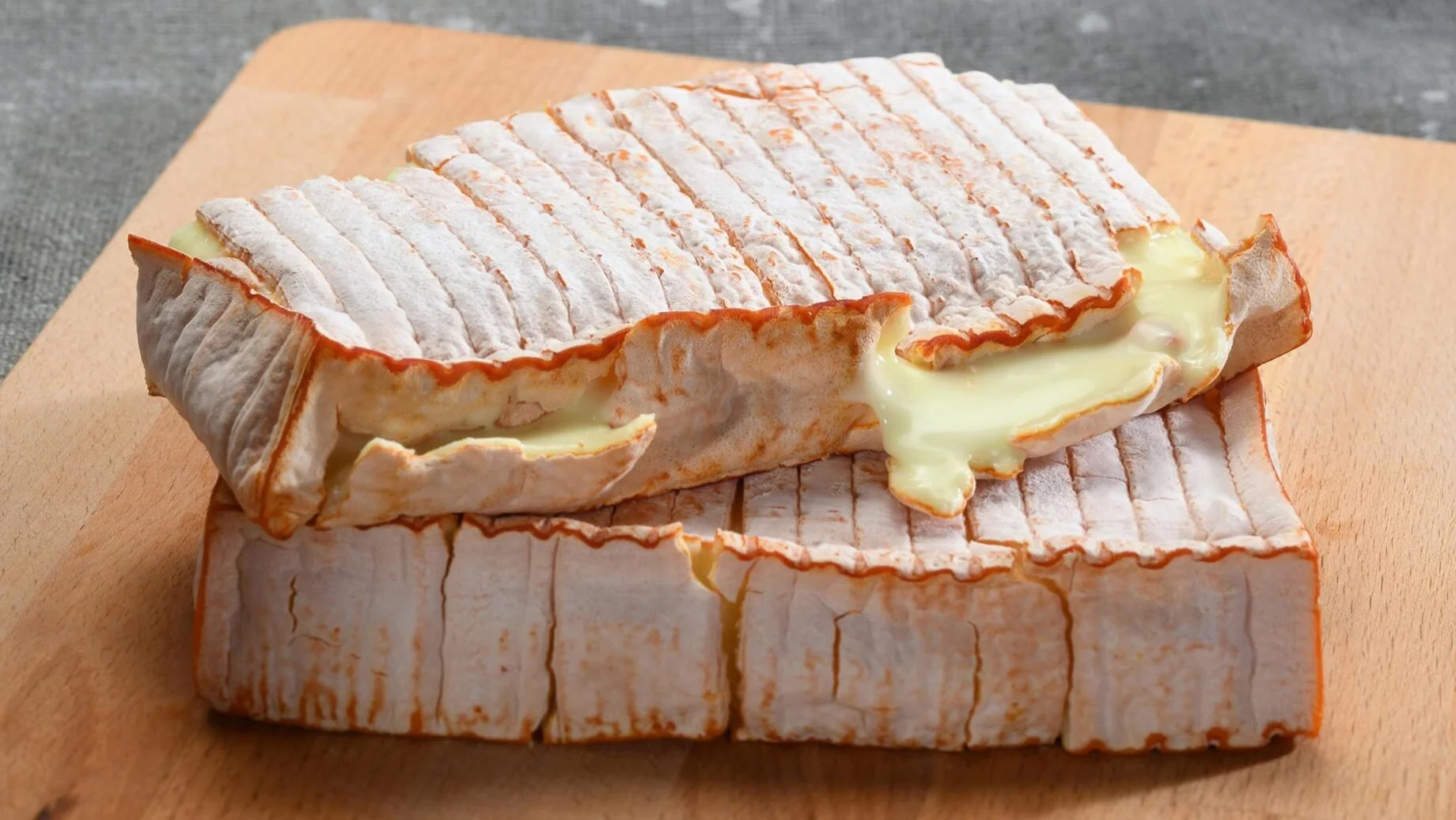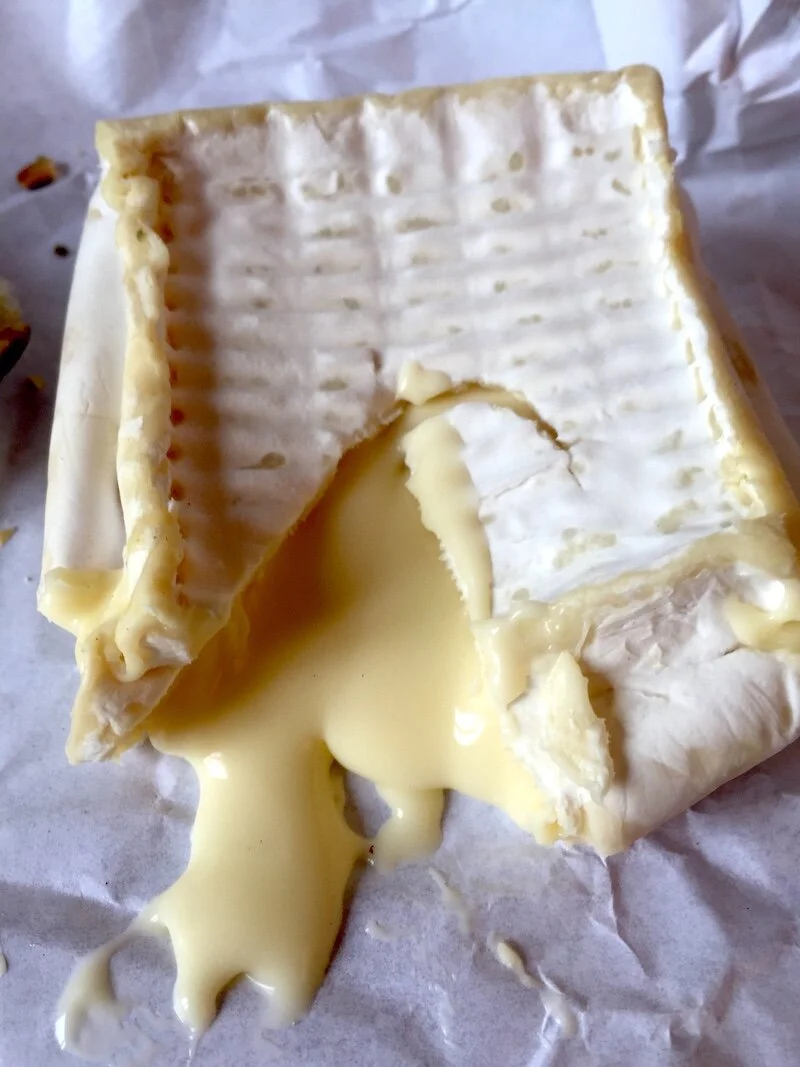Photo: goudacheeseshop.com
World Cheese Encyclopaedia - Each Sunday learn all about a new cheese.
This week Friesian Clove Cheese from the Netherlands.
Photo: goudacheeseshop.com
Country: Holland
Region: Friesland, Westerkwartier
Made from: Cow’s milk
Pasteurised: Yes
Texture: Hard, Firm
Taste: Spicy, strong, tangy
Certification: Kanterkaas PDO, Other varieties none.
Aging:16 weeks to 10 months
Friesian Clove Cheese has many names. It is a unique Dutch cheese from the Northern region of the Netherlands called ‘Friesland’. Its many names come from the Dutch words for clove and nail. It is known locally as "nail cheese" or, in Dutch, "Nagelkaas" and also as Kruidnagel meaning literally 'spicy nail' because of the nail-like shape of the cloves used in the cheeses production.
Known and loved in the Netherlands for their spicy, sharp and distinct taste these cheeses are well worth a try. They are made from pasteurised skimmed cow’s milk and are available in two variants: matured and aged.
The Matured Friesian clove cheese is aged for 16 to 18 weeks to give the cheese its distinct flavour. This variety of Friesian cheese is made with both cloves and cumin and is spicy. Old Friesian clove cheese is matured for ten months in order to give the cheese its full and rich flavour.
Photo: Creative Commons/Alexander Van Loon
Kanterkaas is another type of Friesian cheese and has the PDO label. This version of the nail cheese is traditionally made only in the provinces of Friesland and Westerkwartier. Kanter is Dutch for 'edge' probably referring to the angular shape of the cheese, with a sharp edge between the side and the bottom of the cheese.
Kanterkaas is also available in two varieties Kanterkomijnekaas, which is flavoured with cumin and Kanternagelkaaswith both cumin and cloves. It is a hard cheese made in two fat levels: lower fat between 20-25%, and higher between 40-44%. The rind is either natural color or can also be treated with a red or yellow coloured cheese rind coating agent.
As Kanterkaas ages, the flavor changes significantly. Plain Kanterkaas is nice and spicy to tangy, depending on age. Kanterkomijnekaas tastes fragrant, spicy, pleasant and goes from mild to strong. The flavor of Kanternagelkaas’ varies from fragrant, spicy, warm and spicy to tangy.
The pate of these cheeses is firm to hard and as they age even become suitable for grating. Some holes may exist in the pate. The cumin and cloves are evenly spread throughout the cheese. The colour of Kanter cheese is from ivory to yellow-green.
Photo: vins-karcher.com
History
Cheese making is an old and well established tradition in the Netherlands. Dutch cheese making equipment has been found dating back all the way to 200 B.C. The provinces of Friesland, Noord-Holland and Zuid-Holland in particular produced large quantities of cheese. Some say this is due to the damp soil conditions in these areas, making them suitable for rearing cattle.
In the Middle Ages, cheese took a central position in Dutch life and was so popular that it was even used as currency. In 1100 A.D, at the toll in Koblenz, Germany, it is said that Dutch bargemen even paid in cheese.
Although Dutch cheese was already being exported in the Middle Ages, it was not until the 1600s, “The Dutch Golden Age”, that Dutch cheese really became popular and the Netherlands became known for cheese.
How to Enjoy It
Nagelkaas goes well with a light off-dry white wine like Gewürztraminer.
Sources: Wikipedia, iamexpat.nl, cheese.com, goudacheeseshop.com, vins-karcher.com
Looking for a different cheese? Search the whole cheese encyclopaedia here.






























